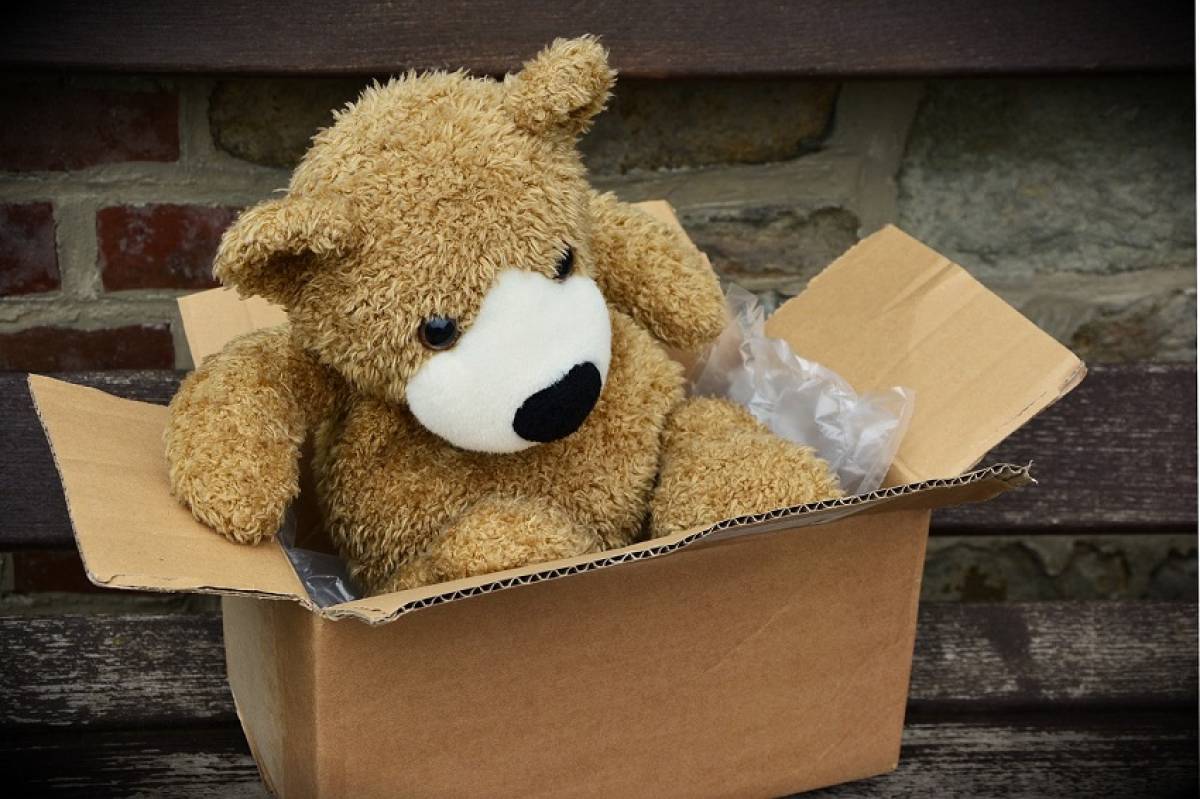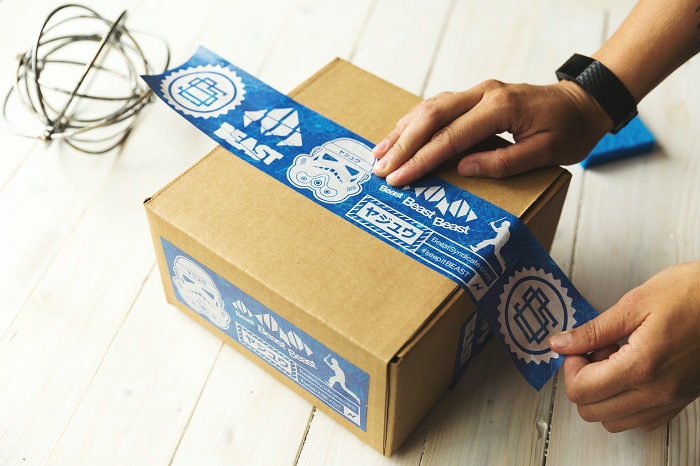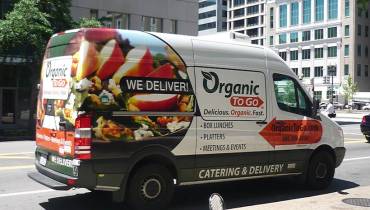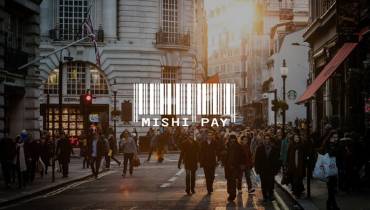Product Packaging: The Expectations, Myths, and Reality

Product packaging is all around us. Chances are, you could find some form of packaging right now where you are if you wanted. For instance, much of the food we eat comes in packaging.
However, people have certain ideas of product packaging: what it entails and what sort of role it plays in consumer culture. Many of these ideas are often wrong.
Let’s clear things up by highlighting the expectations, myths, and reality of product packaging.
Importance of product packaging
The importance of product packaging is clear. Packaging serves to provide a few different purposes. Selling a product is just one of these.
Product packaging also helps to inform us about the product. Depending on what product you are selling, there could even be legal roles packaging plays. For instance, you may have an obligation to provide information about the contents on the packaging.
Food and drink packaging, for example, carry a lot of legal requirements, depending on local state law as well as federal law. You will usually be required to provide ingredients such as allergens and the nutritional information of the product.
Product packaging also serves to protect. This includes protecting the product inside and protecting the people who handle and use the product. Again, legal considerations come into play if you are packaging anything dangerous or toxic.
Product packaging plays an undeniable part in selling a product. Even if it is subconscious, the type and design of packaging you use has an impact on buyer behavior.

Impact of product packaging on consumer buying behavior
Some people like to thing and claim that they aren’t impacted by product packaging design. However, the truth is that it is almost impossible not to have your view of a product changed or influenced in some way by the packaging.
For instance, did you know that there is a whole branch of psychology around the psychology of colors? Certain colors arouse certain feelings within us, and suggest different things about products.
For example, green packaging often suggests something is eco-friendly. Red can mean passion or urgency. Yellow can be playful and cheerful. It’s just human psychology for us to associate things in this way.
On top of this, fonts, logos, and imagery can all play a part in influencing our perceptions and can tell us something about the product and who it is aimed at.
Of course, well-designed packaging can also have a big influence on whether or not we’re likely to buy something. Do you known someone who is always impulse buying whenever they visit a store? This kind of person might be more susceptible to packaging design and the way it sways opinions of things.
Good packaging is a powerful tool to communicate more about your product to consumers. It can be used to highlight and promote the positives of a product.
However, there is an art and science to creating the right look and feel for your product packaging and presentation.
Packaging myths vs. reality
So, what are some of the preconceptions that people have about packaging that turn out not to be true?
Well, there are many myths about the industry, misconceptions about packaging, and realities how packaging impacts people’s perception and buying decisions. For example:
Expectation: Packaging design is all eco-friendly these days.
Reality: Some packaging is still not biodegradable and plastic use is relatively high.
Expectation: “Packaging doesn’t influence what I buy.”
Reality: Almost all of us are influenced in some way by the way product packaging looks, even if it is just whether we think a product is serious or playful.
Colorful designs often suggest a playful product, but clean and minimalistic designs suggest modern and serious products.
Expectation: Packaging is all about trying to sell something to you.
Reality: While a lot of packaging design is about trying to make something appear more appealing, this isn’t its only purpose. Packaging plays some important roles such as making sure a product doesn’t get compromised and is protected all the way to its destination.
Emerging trends in product packaging
You probably notice new trends in packaging from time to time and see how things change. If you’re old enough to remember packaging from many years ago, you’ll know that it was very different from what we have today.
Like fashion, packaging design goes through trends. At the moment, there are some simple trends that have become almost universally popular, including:
- Recyclable logos/labels and instructions on how to recycle products. Brands want to show that they are doing something for the planet.
- Unboxing experiences. Brands are spending more time and money making sure that their products feel nice to unbox. There are even YouTube channels totally dedicated to unboxing, and tech brands especially focus on this.
- Product safety emphasis. In the current pandemic, there is even more of a focus on product safety, such as whether or not the product within has been kept safe from any contaminants.
- Eco-friendly materials. We can see when materials like cardboard and paper are used. These are often preferred among product designers showing they care about the planet we all live in.
Ultimately, product packaging is a very important aspect that can determine the success and sales figures of your product. It is vital that you get your facts about it and eventual packaging design right to influence consumers positively.













![Over 50% of American Adults Have Not Read a Book in Past Year [Study]](/sites/default/files/styles/video_thumbnail_bottom/public/older-man-reading-book-in-library.jpg?itok=m7DlbWgZ)






